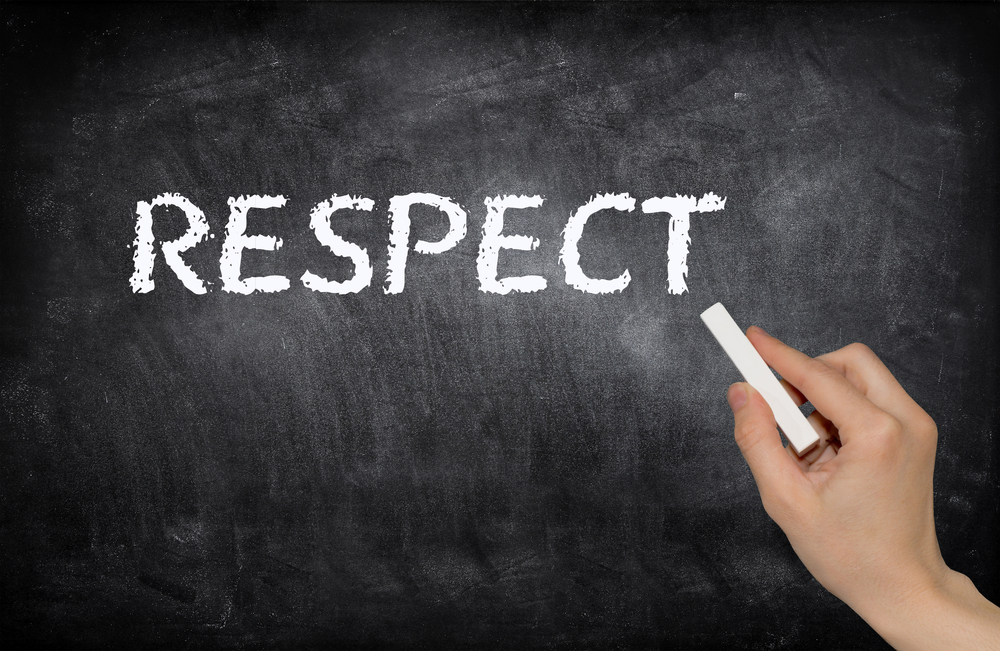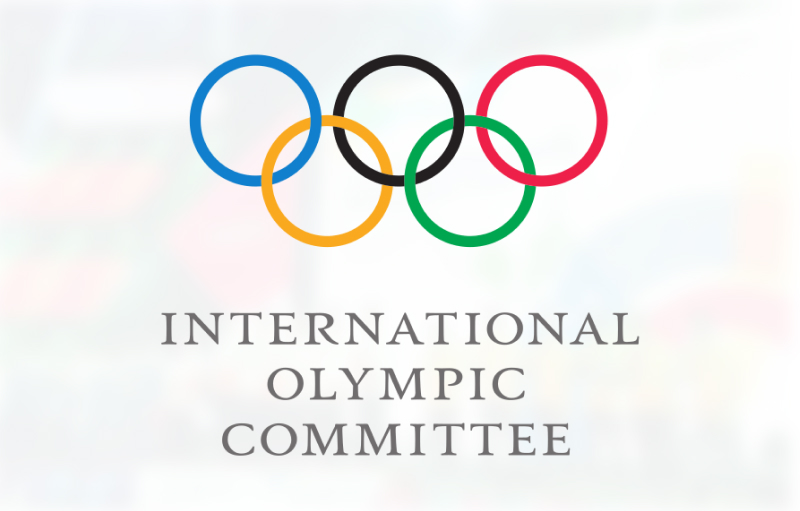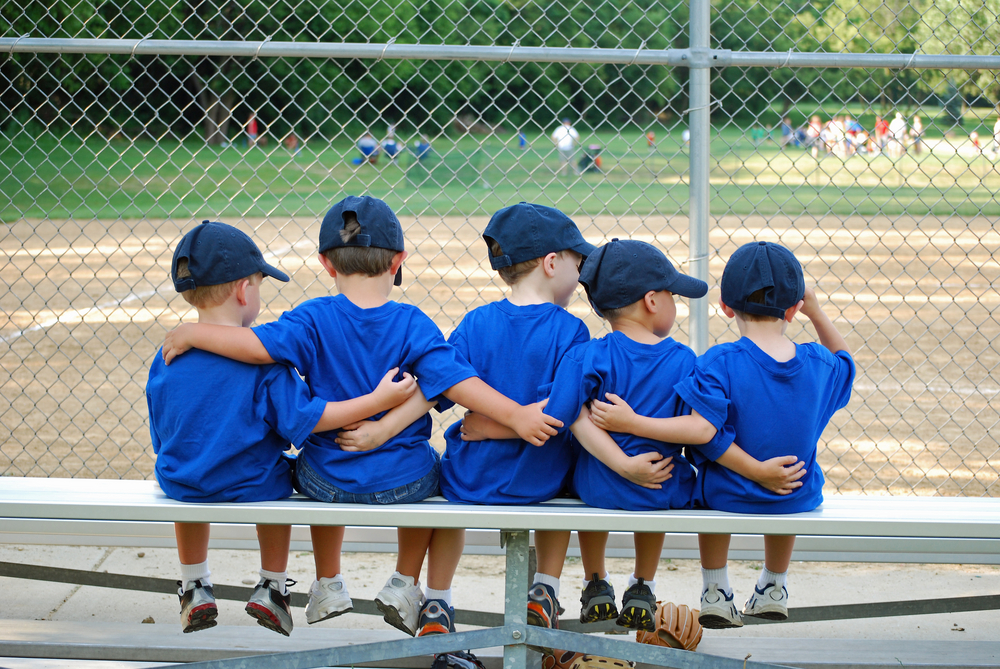Empowering the bystander 101: Tools for Action in Sport, Schools & Workplaces
November 26th, 2020 Respect in School, Respect in Sport, Respect in the Workplace, Respect Tools & Tips
What Does it Mean to Empower the Bystander?
While many of us are well aware of the harm that can come to a child experiencing maltreatment (which includes bullying, abuse, harassment, and discrimination) many of us are unsure of what to do if we suspect or learn that a child has experienced maltreatment. Empowered bystanders have the knowledge and tools to take action when maltreatment is suspected or disclosed. This means that parents, coaches, and other youth leaders have a clear awareness and understanding of the signs of abuse and what constitutes maltreatment, what to do if a child discloses that they have been harmed, and the steps for reporting suspected maltreatment.
While this definition and the information below apply to sport and school contexts, the general theme of empowering the bystander and the tools for action described below can be applied in a variety of contexts, including the workplace.
The Importance of Bystanders
Maltreatment is an issue of power: the offender attempts to control or overpower the victim, causing harm. However, bystanders who suspect or are aware that maltreatment has occurred have an incredible amount of power to either better or worsen the situation, and ultimately, the outcomes for victims of maltreatment.
It is normal for individuals to delay or not disclose that they have experienced maltreatment. There are many reasons for not disclosing the harmful behaviours they are experiencing, including power differentials and feelings of powerlessness, fear of the perpetrator, isolation, silencing, a lack of bystander intervention, and organizational denial (Mountjoy et al., 2016). If bystanders witness or suspect maltreatment but do not say anything, either because of acceptance of the behaviour, non-intervention, denial or silence, victims may believe that the behaviour is acceptable and that they would be powerless if they chose to speak out (Mountjoy et al., 2016). The role of the bystander is crucial for individuals experiencing maltreatment to feel comfortable disclosing when they are experiencing abuse, to understand which behaviours are acceptable or unacceptable, and as advocates for the children in their care.
How To Address Maltreatment:
1. The Initial Conversation
If you suspect a child is experiencing maltreatment or they disclose to you an incident where they experienced harm, the first step is to discuss your concerns with the child. The conversation should be documented and should occur in a safe, confidential space. The Rule of Two still applies in this context, meaning that another adult should be present for the conversation. The conversation should be as open as possible; this means using active, empathetic listening and avoiding suggestive, directing, or leading questions (Jeckell et al., 2018). If disclosure happens when you are alone with a child, you should report the incident to your organization and make sure to follow up with the child and their parents as soon as possible to discuss the next steps.
It can be so hard to know what to say and distressing to hear that maltreatment has occurred. The most important things to remember are to:
-
- Let the child know that you believe them
- Explain that what they experienced is not their fault and that the behaviour is not acceptable
- Encourage them for being brave and coming forward to talk about the harm they experienced
Each situation should be treated individually and emotional and psychological support, as well as medical services, should be offered to the child depending on their needs (Jeckell et al., 2018). Resources like Kids Help Phone are available across Canada, 24 hours a day, 7 days a week to support young people in distress.
In addition to the process outlined above, parents can find more resources for supporting a child or youth who has disclosed abuse or misconduct through the tips outlined on NeedHelpNow.ca
2. Reporting Maltreatment
Any adult who suspects that a child has experienced maltreatment has a duty to report their concerns to the appropriate authorities. If you believe a child is in immediate danger, call 911. Your sport organization may also have an internal process for reporting instances of maltreatment. While it is crucial to contact local authorities to report the abuse, alerting the sport organization as soon as possible can help to protect other children and youth who may still be in the care of the alleged offender.
The Coaching Association of Canada has a full list of resources here that you can contact nationwide to report your concerns. Some of these resources include:
- Any suspected child sexual abuse or misconduct occurring online can be reported to Cybertip.ca
- The Canadian Centre for Child Protection has resources and information for reporting suspected child abuse
- Commit To Kids, a program from the Canadian Centre for Child Protection, has created helpful infographics to understand the process of reporting abuse and misconduct:
- Steps for Reporting Child Sexual Abuse (for sport organizations)
- Steps for Reporting Inappropriate Conduct (for sport organizations)
- Reporting Child Sexual Abuse and Misconduct (for parents)
- The Coaching Association of Canada has also created Resources for Parents to better understand safety in sport, including the responsibilities of your sports organization and of individual coaches
3. Prevention
After reporting the incident of maltreatment and taking steps to address the individual incident, it is important for organizations to review their internal processes to prevent maltreatment moving forward. According to Mountjoy et al., (2016) this can include:
- Ensuring that there are clear policies and codes of conduct around safe sport and maltreatment prevention
- Comprehensive, regular education and training around safe sport codes of conduct and practices
- Maintaining or creating a standardized recruitment process for staff/volunteers that includes background screening
- Maintaining or developing a process for complaints and support
- Continuing to monitor and evaluate safe sport practices
While the information above in specific to sport, similar processes can be followed in schools and workplaces. If you suspect that bullying, abuse, harassment, or discrimination, also known as BAHD behaviours, are occurring in your school, it is important to contact local authorities and the school board to report your concerns. In addition, you can explore the procedures for reporting incidents of BAHD behaviours through your local school board’s website. One example of this is the Toronto District School Board’s policies and procedures (found here) on bullying, which include additional resources for parents and teachers to explore.
If BAHD behaviours are occurring in your workplace, processes for reporting may differ depending on your location. You can learn more about seeking support, supporting others, and creating culture change to prevent BAHD behaviours through the resources from the Workplace Strategies for Mental Health.
Lastly, you can learn more about recognizing BAHD behaviours and tips for action through the resources below:
- Empowering the Bystander in Sport: Tools for Action
- Empowering the Bystander in the Workplace: Tools for Action
- How to Recognize Emotionally Abusive Behaviours
References:
Jeckell, A. S., Copenhaver, E. A., & Diamond, A. B. (2018). The spectrum of hazing and peer sexual abuse in sports: A current perspective. Sports Health, 10(6), 558-564.
Mountjoy, M., Brackenridge, C., Arrington, M., Blauwet, C., Carska-Sheppard, A., Fasting, K., … & Starr, K. (2016). International Olympic Committee consensus statement: harassment and abuse (non-accidental violence) in sport. British Journal of Sports Medicine, 50(17), 1019-1029.







